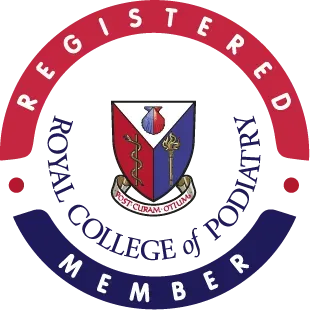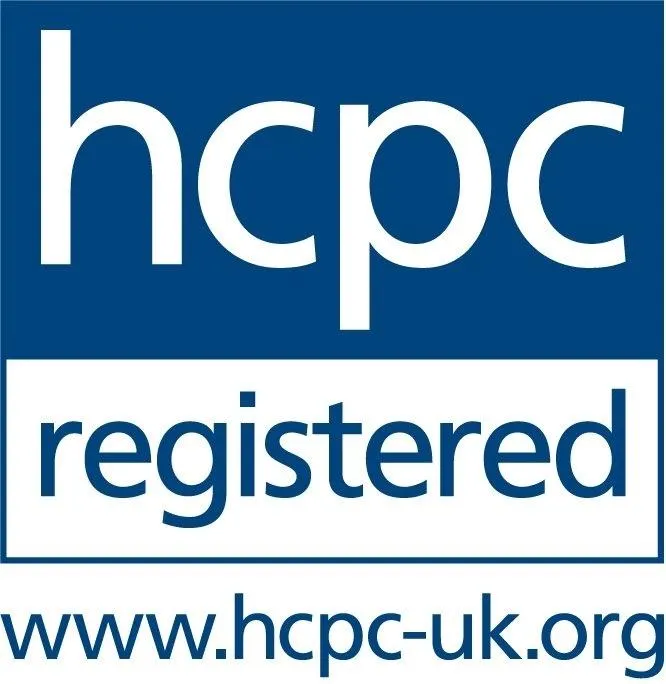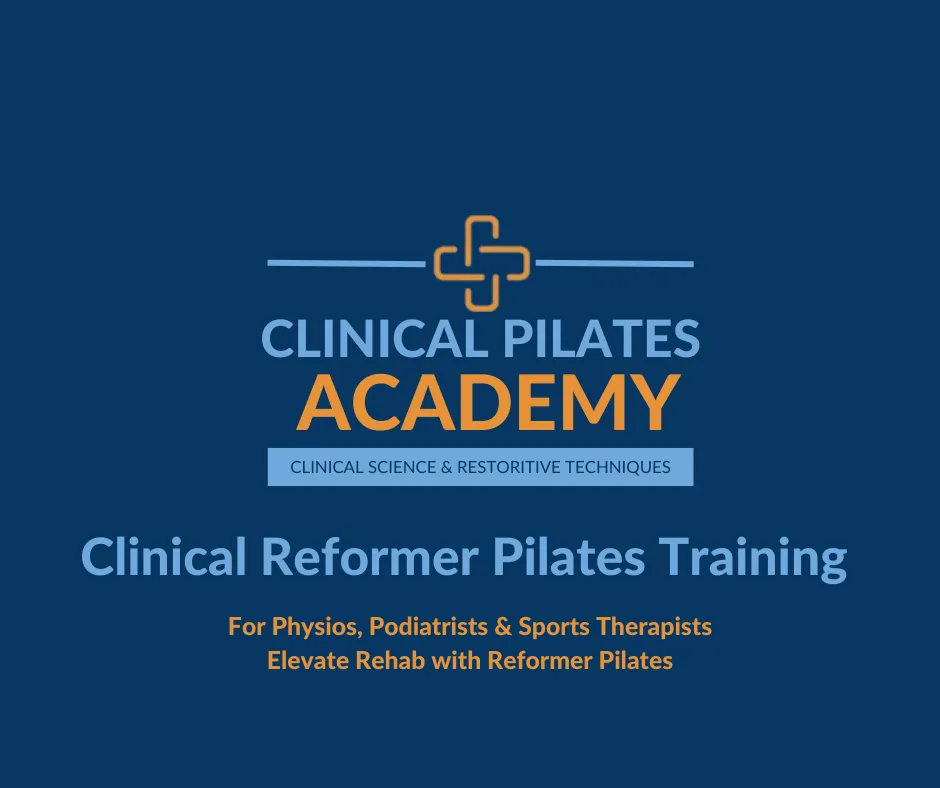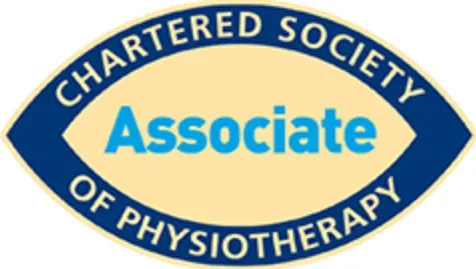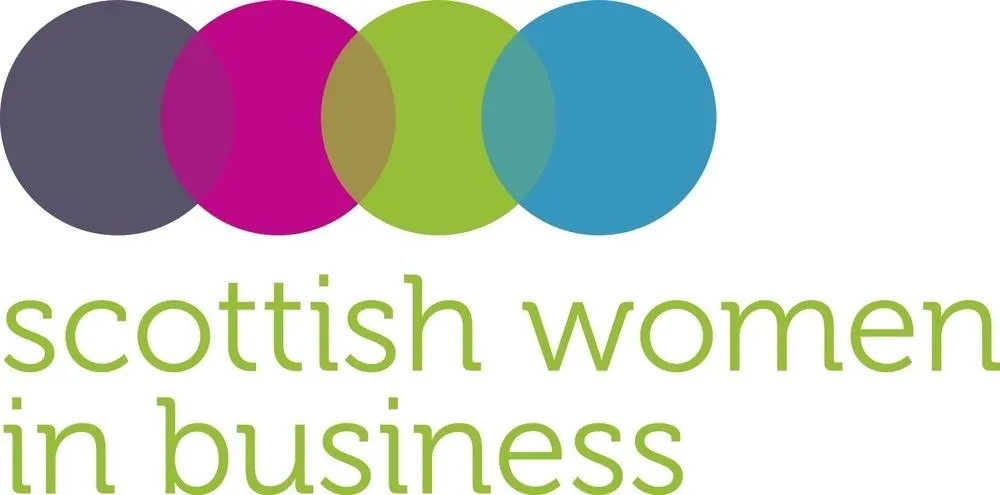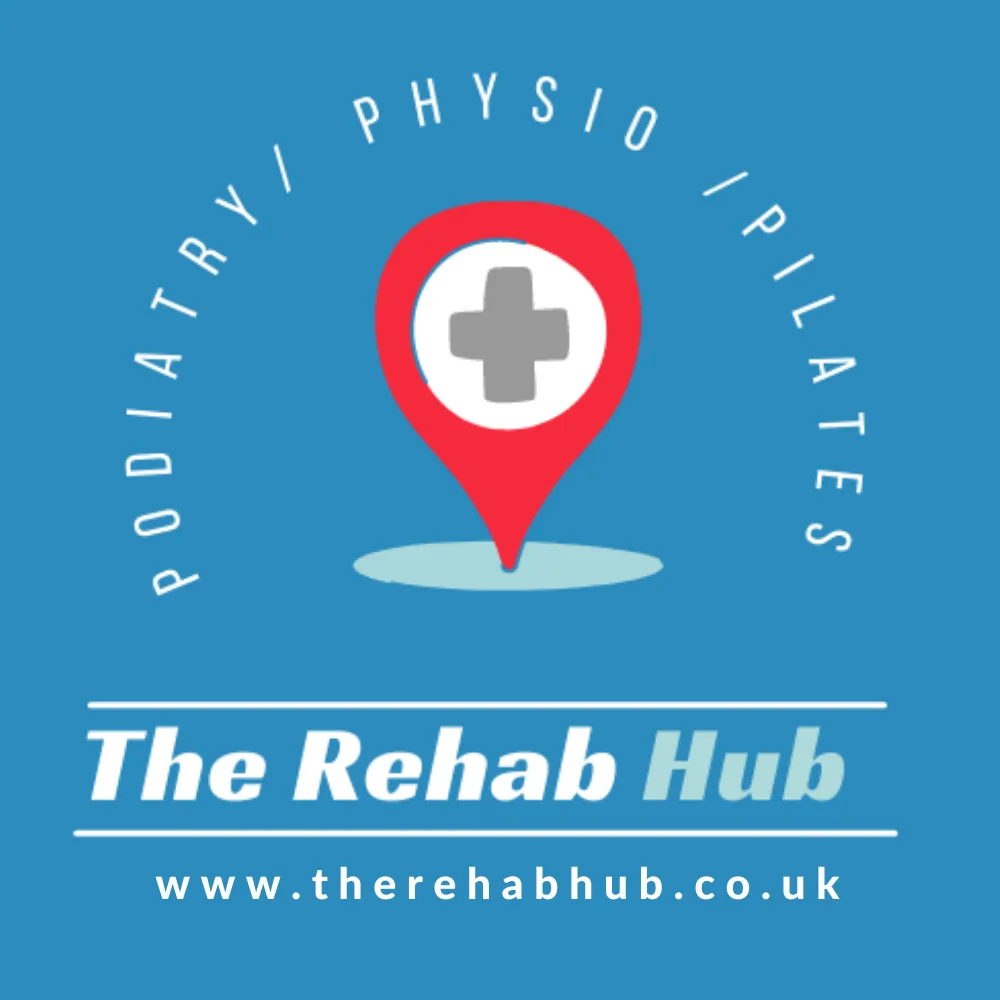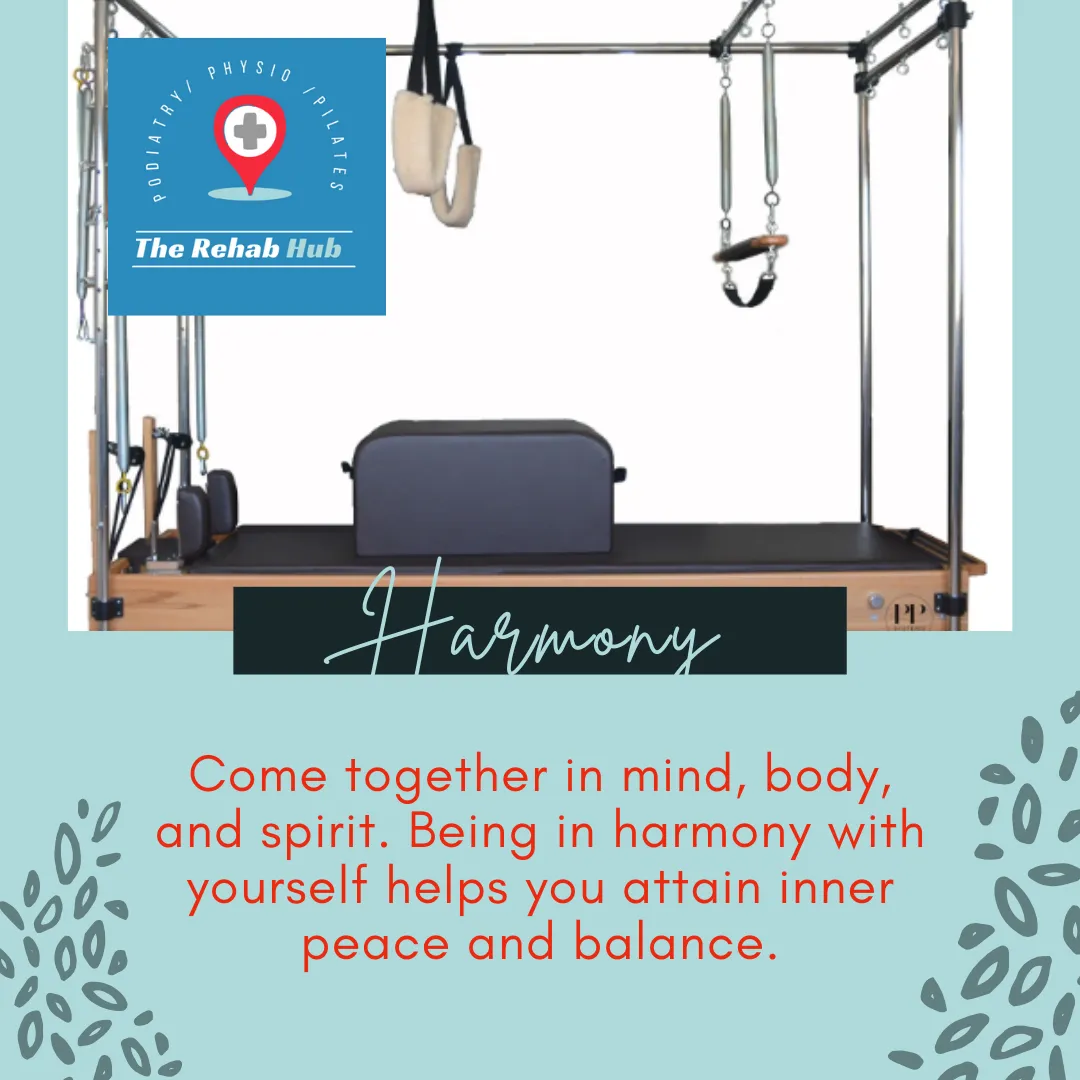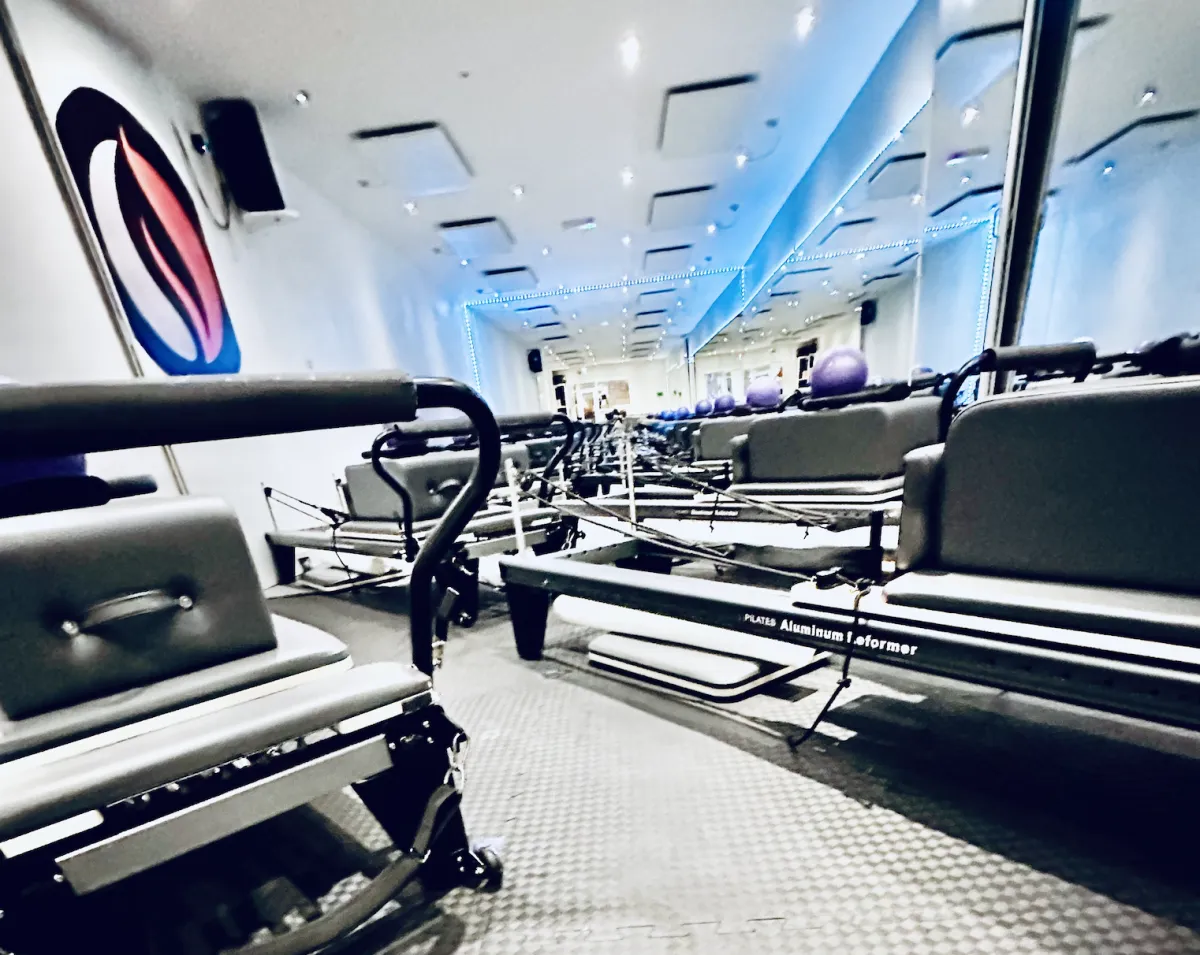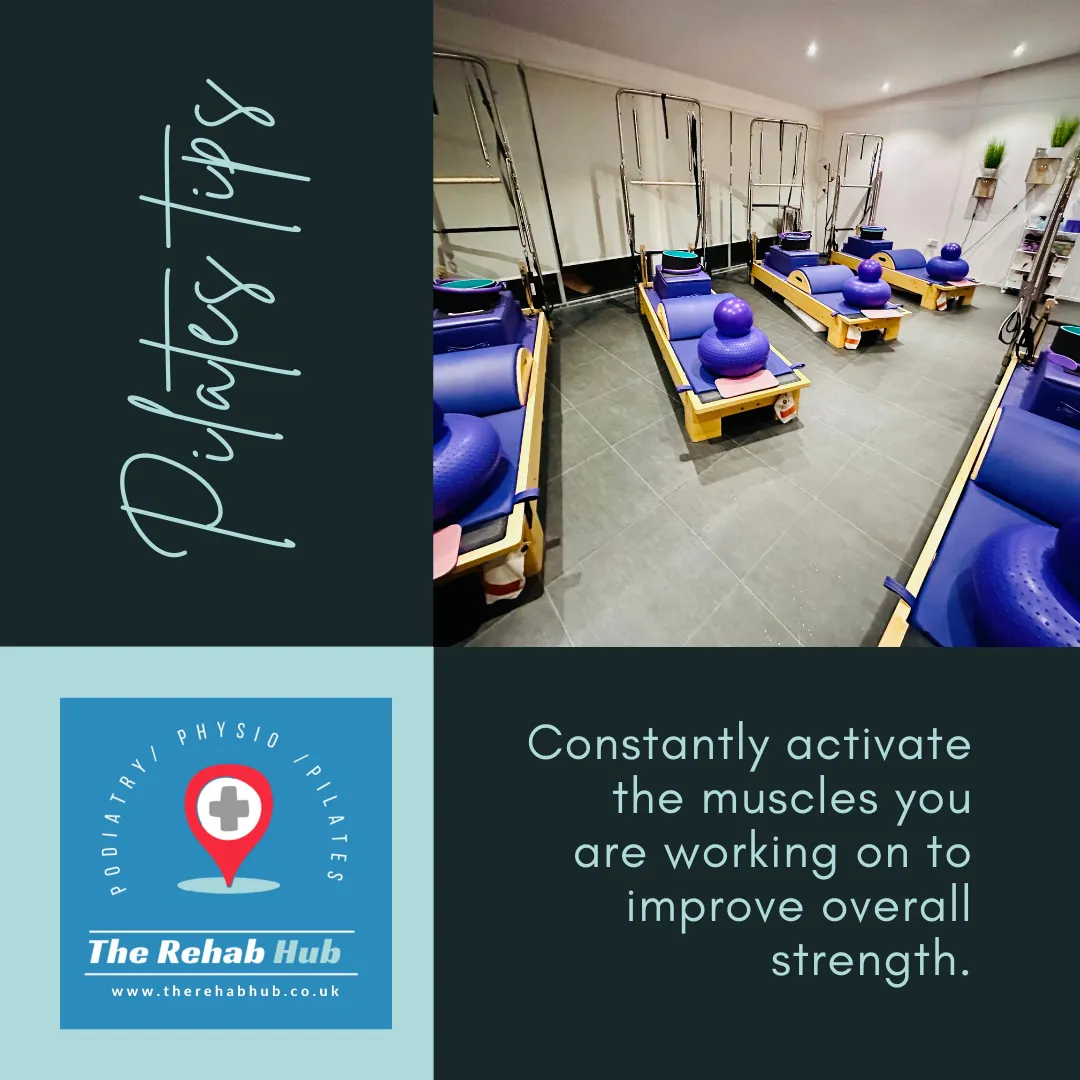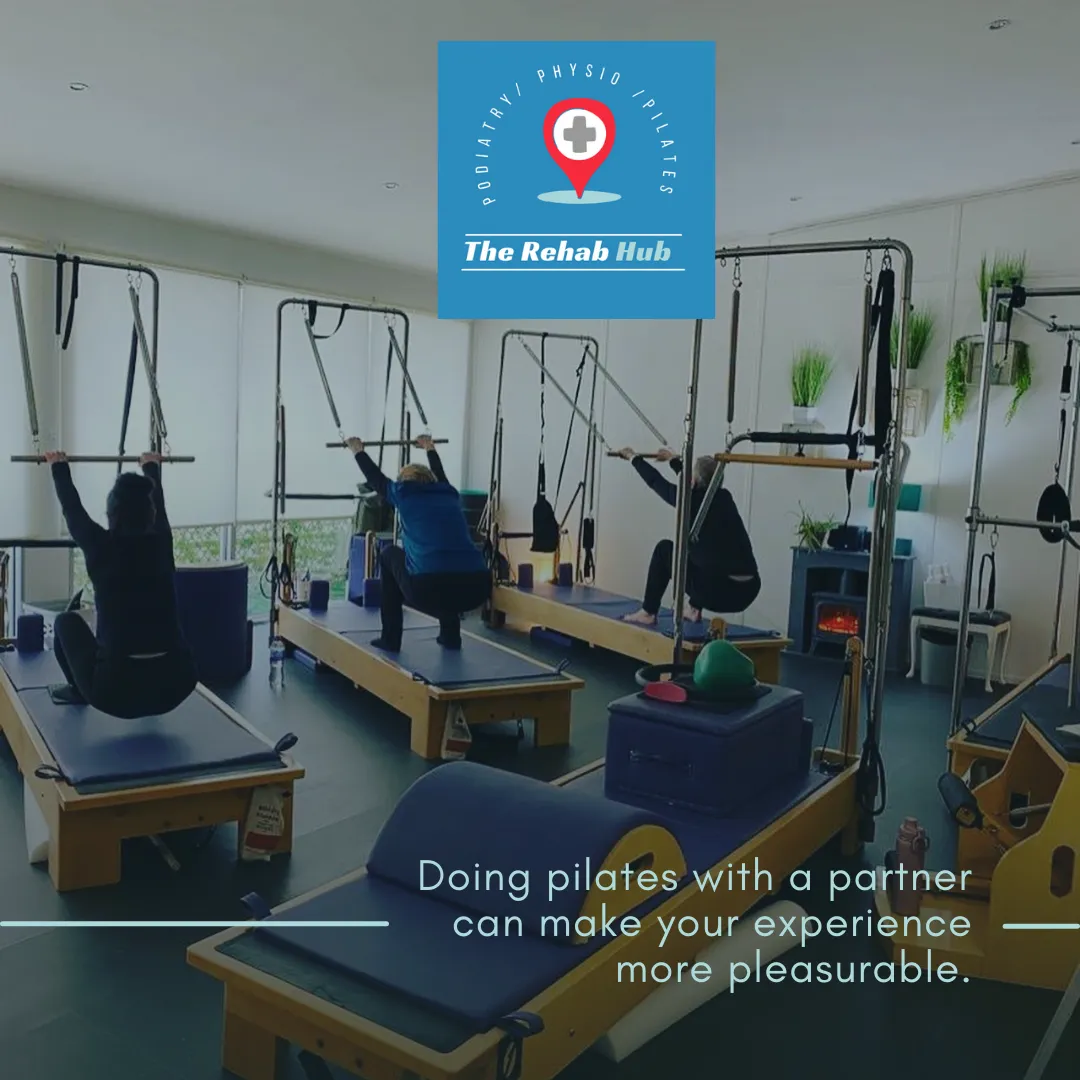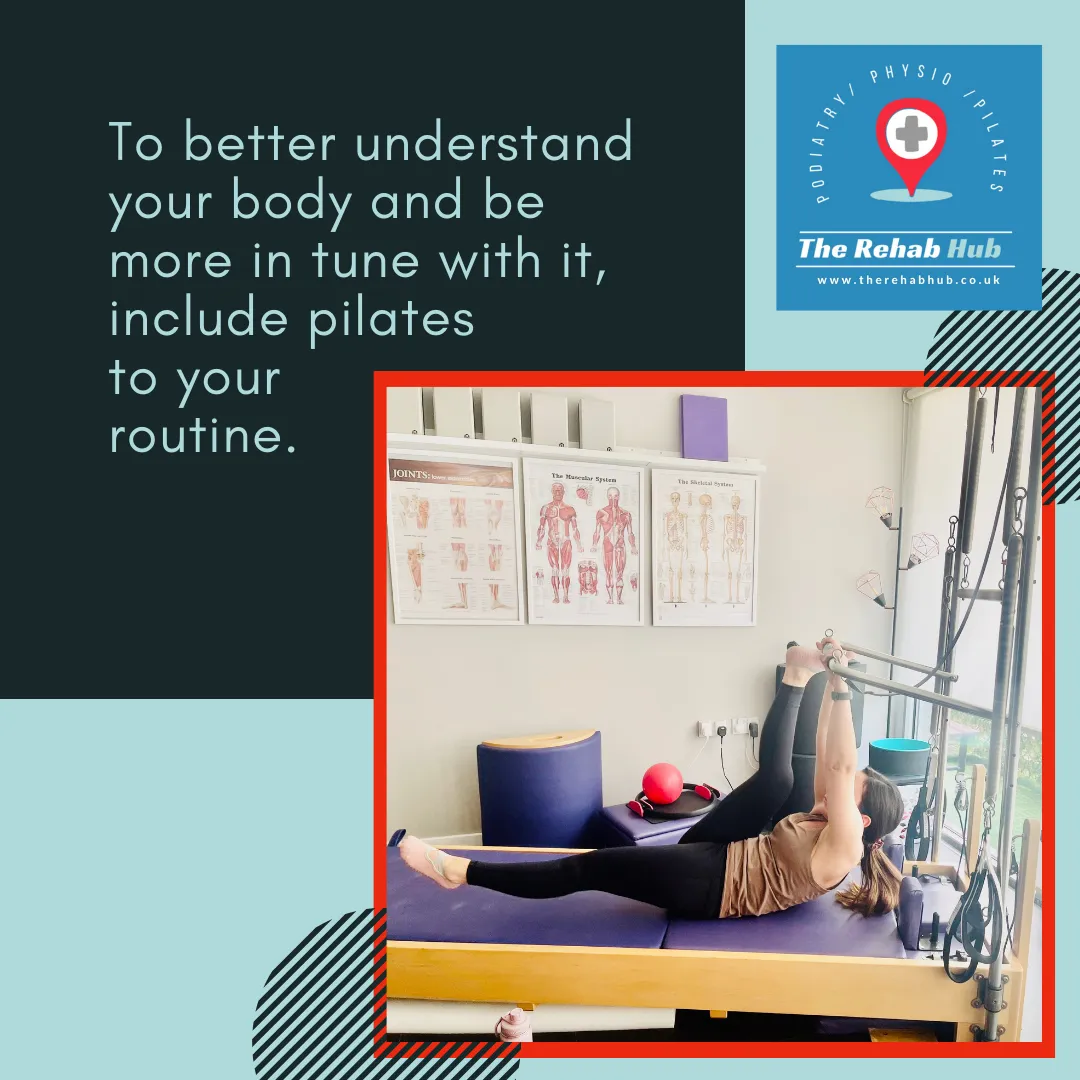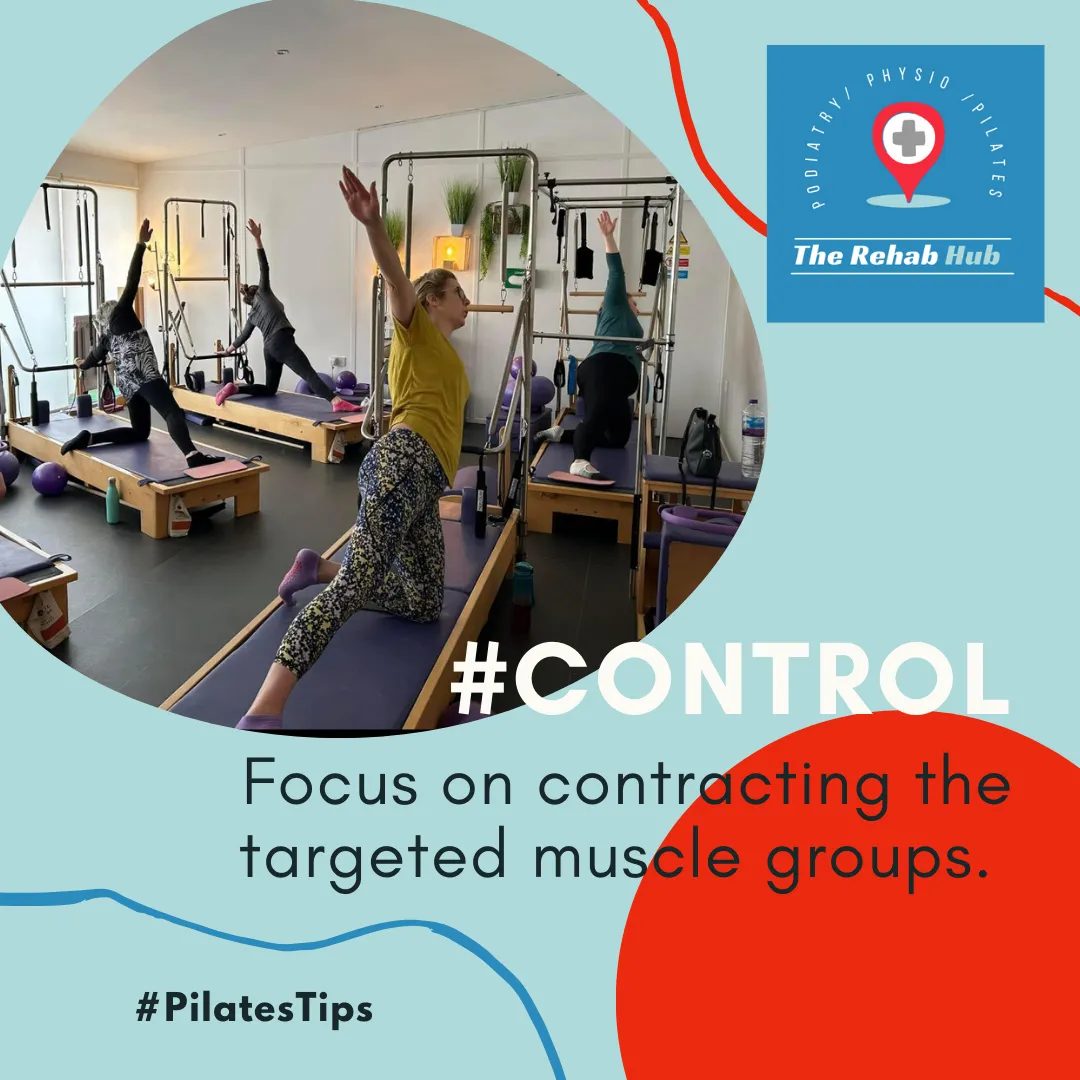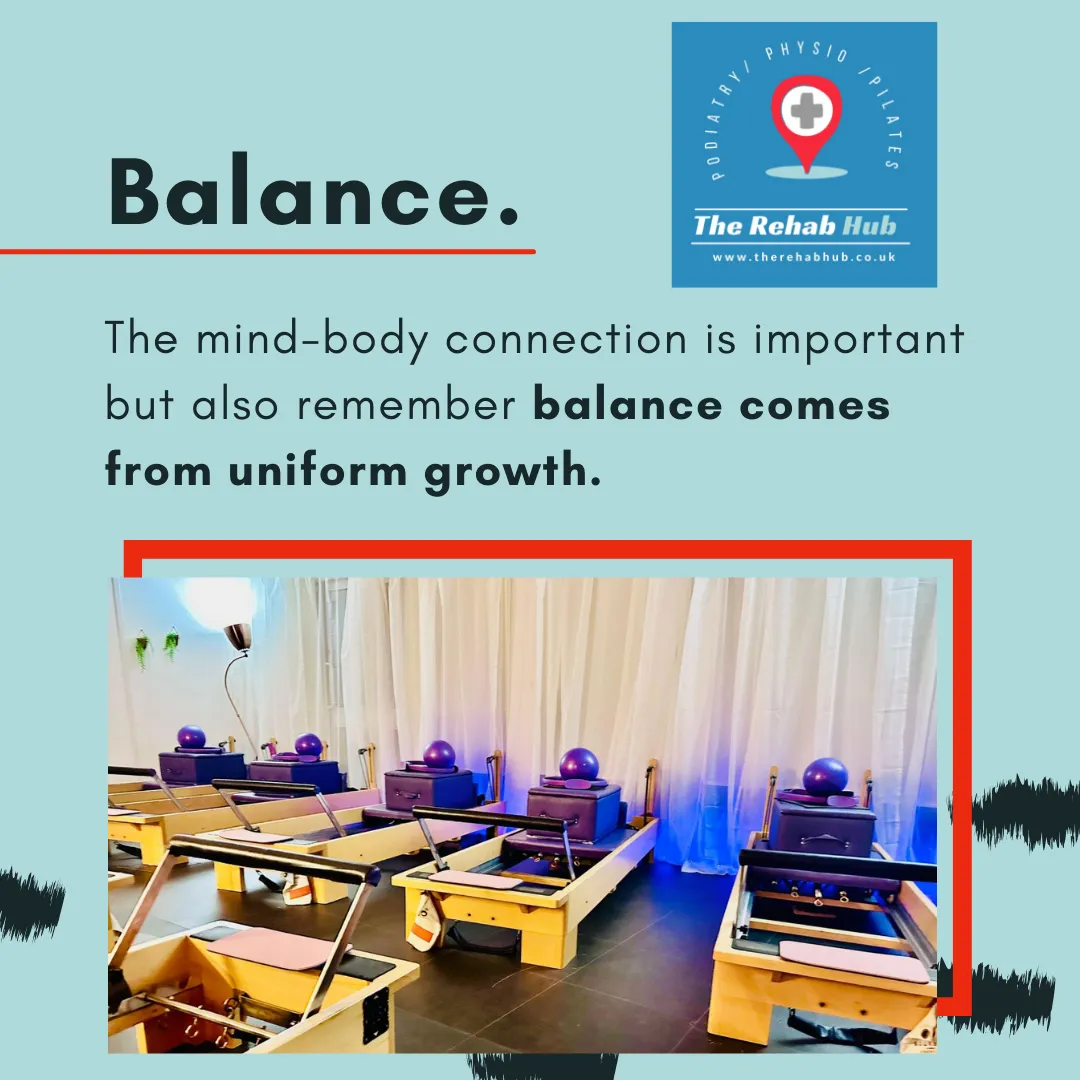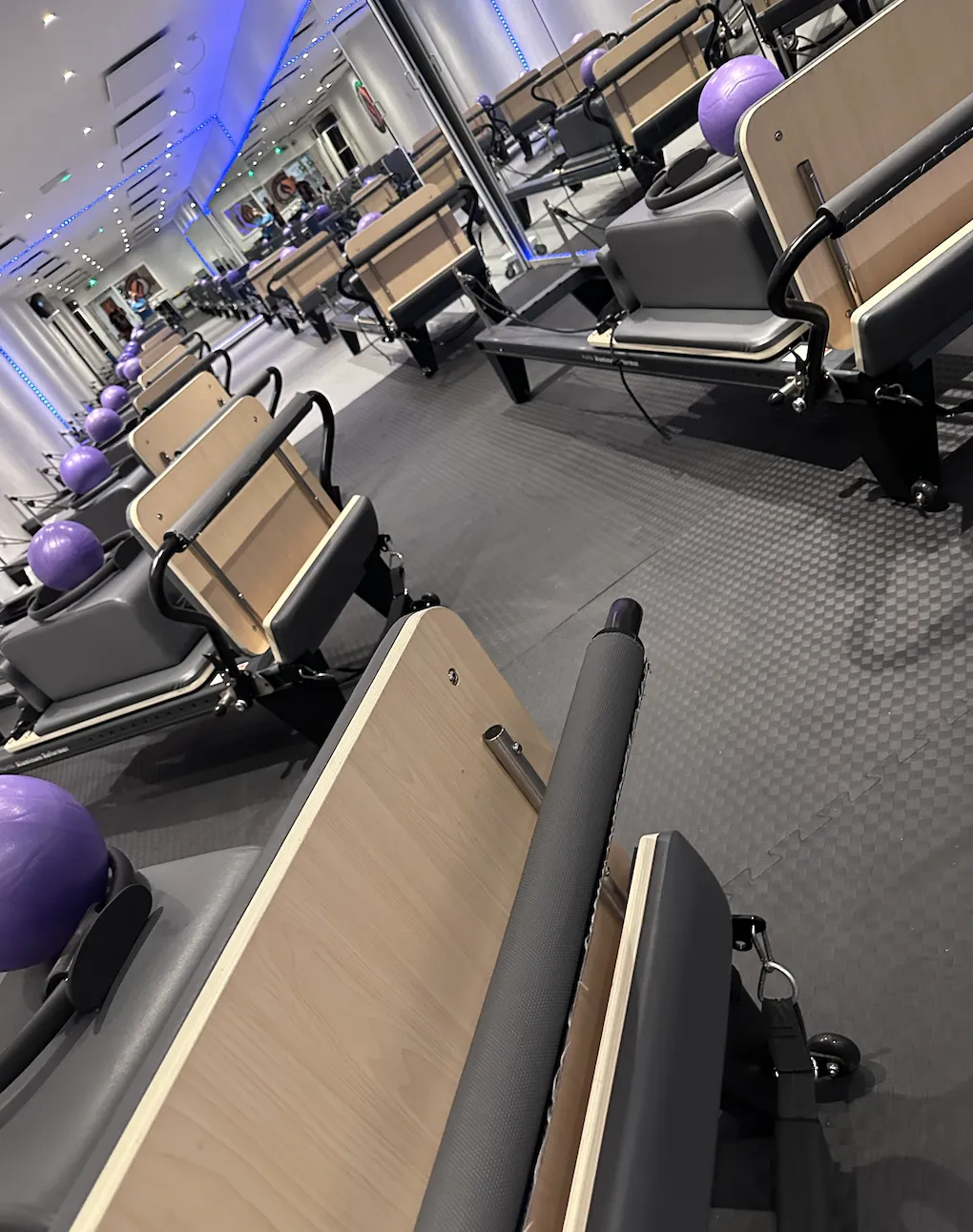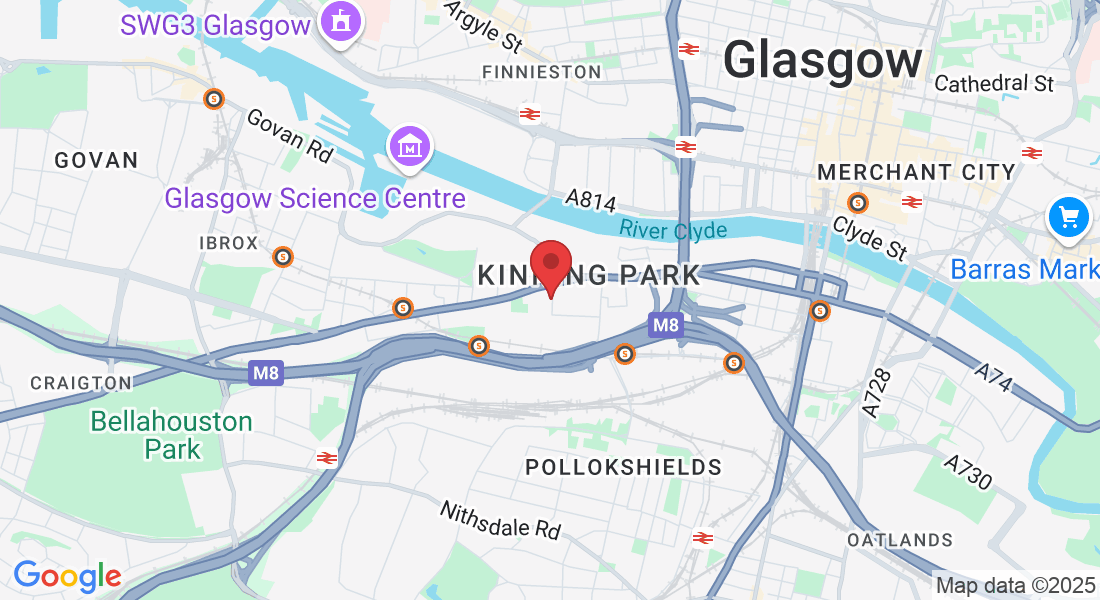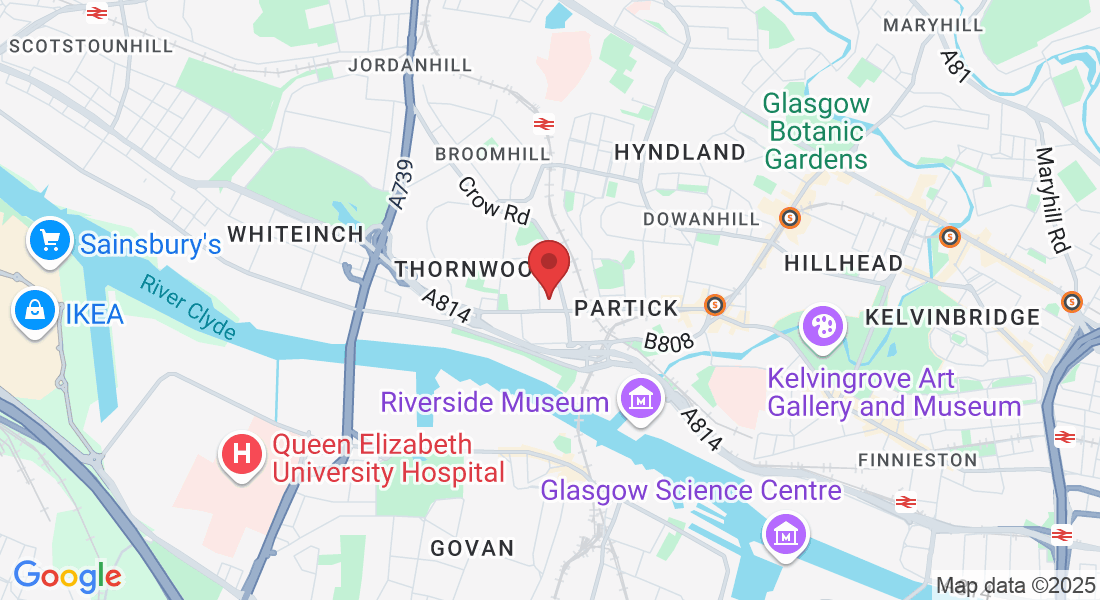Pilates at The Rehab Hub
Book Clinic
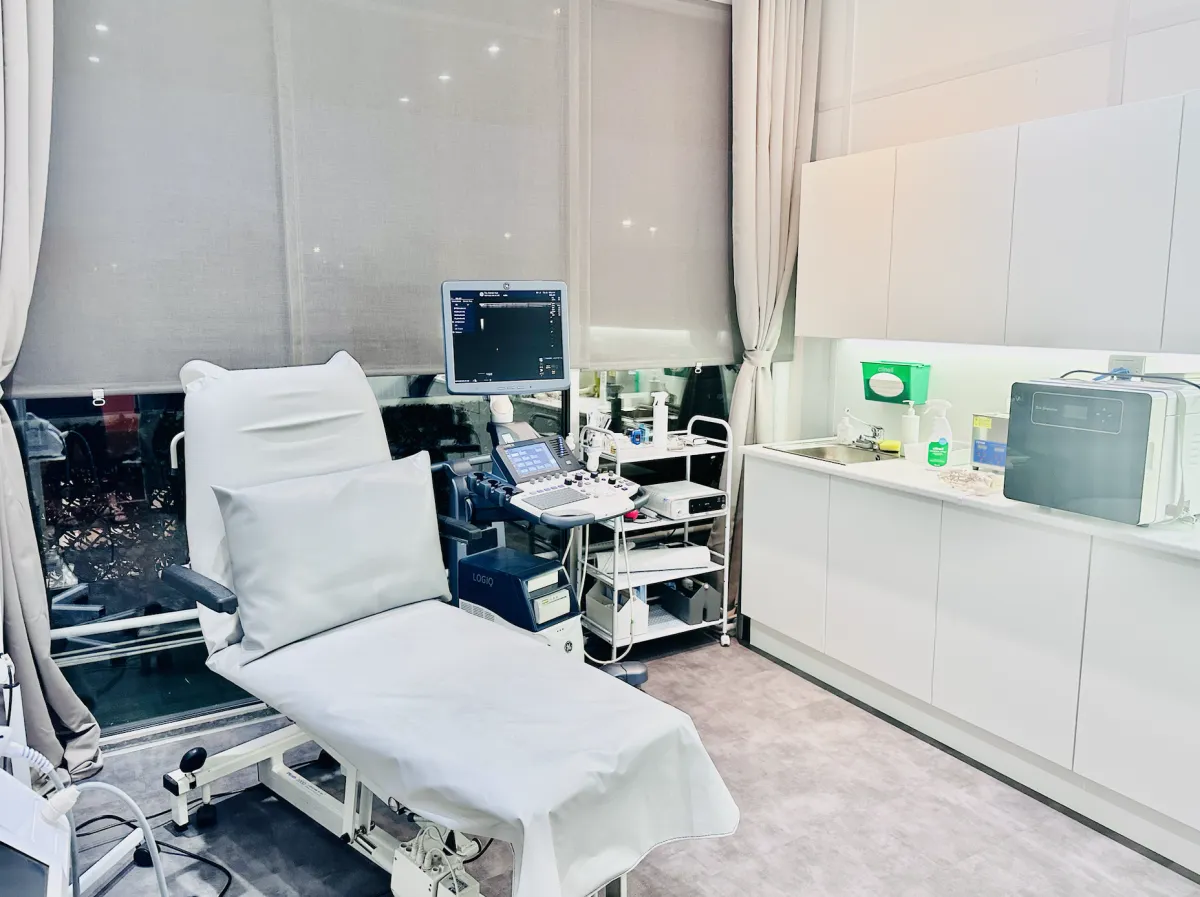
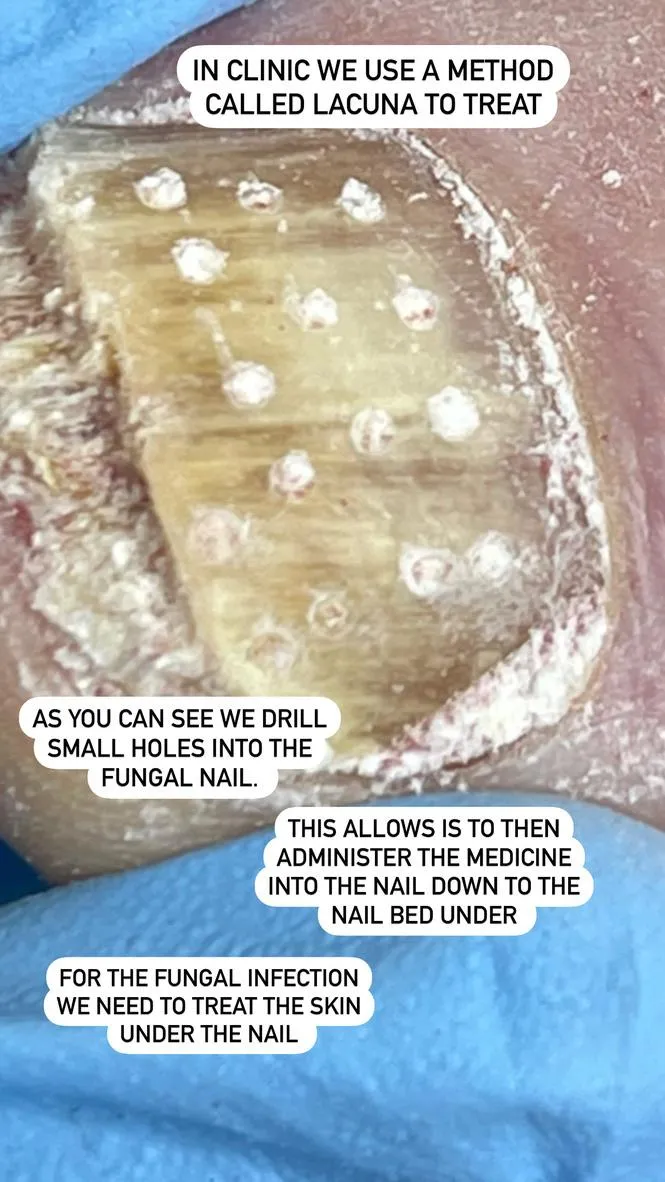
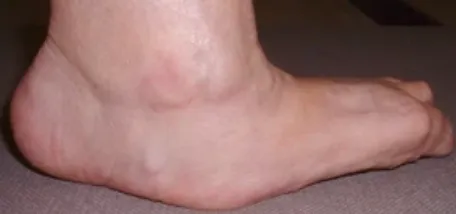
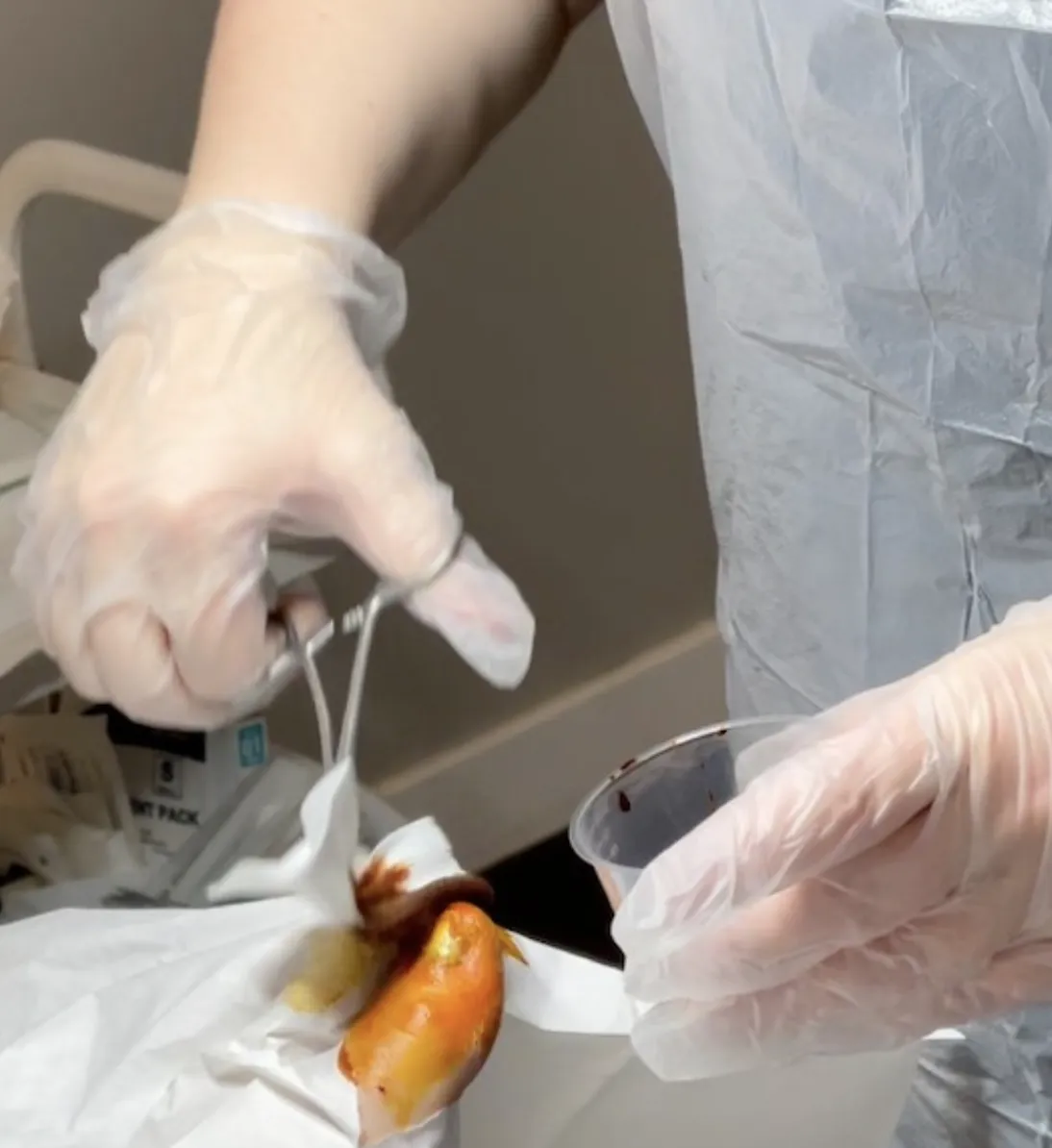
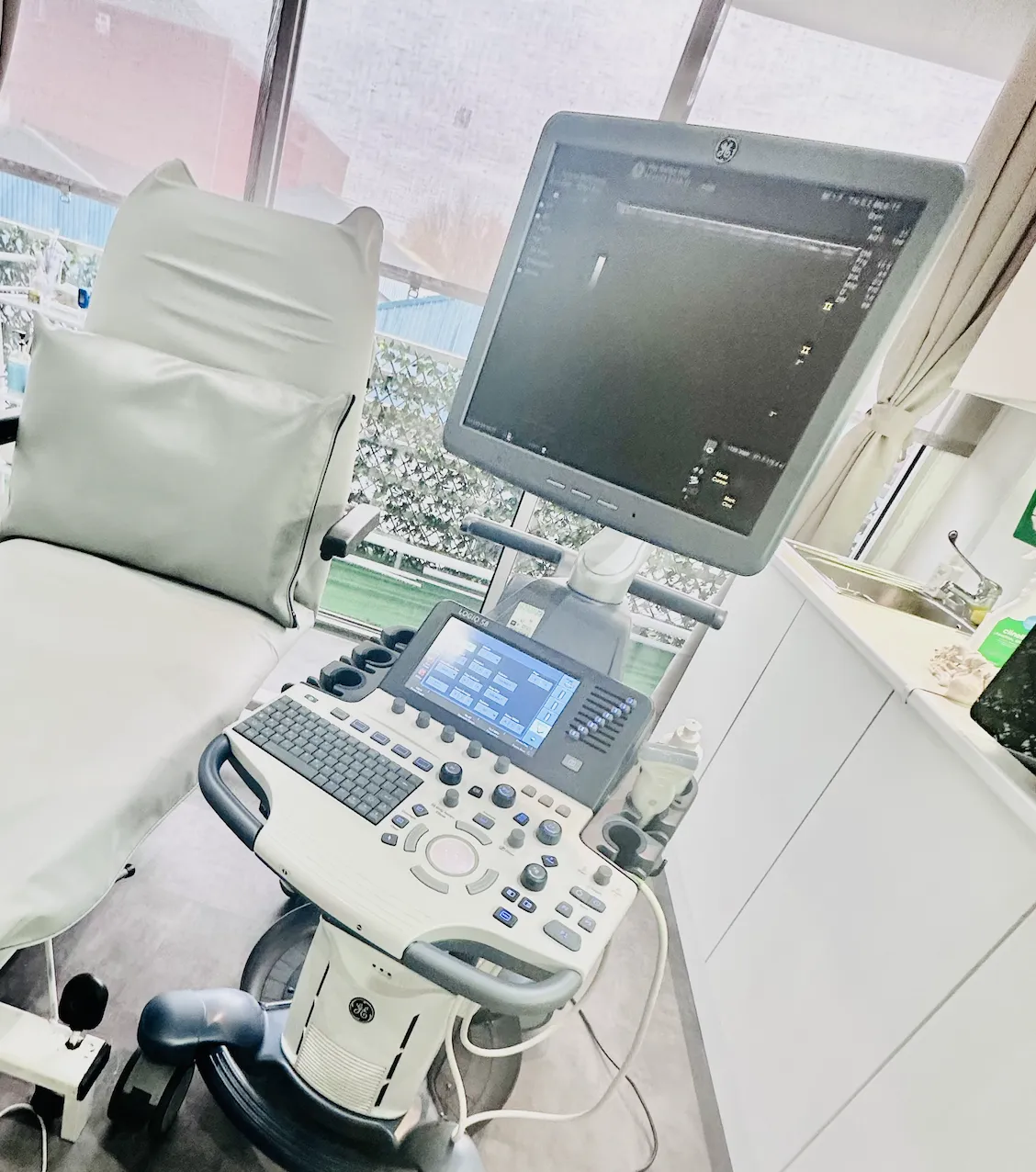
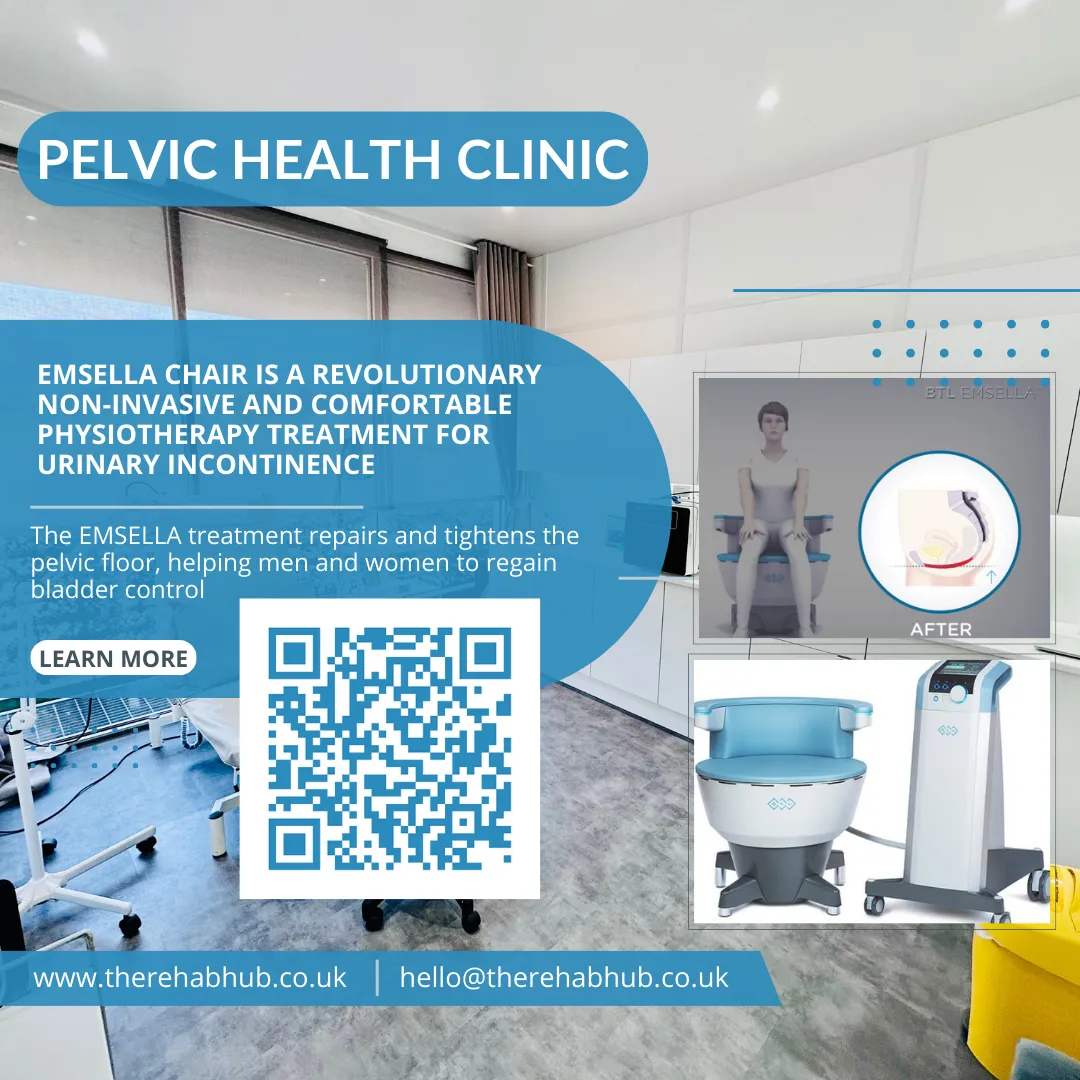
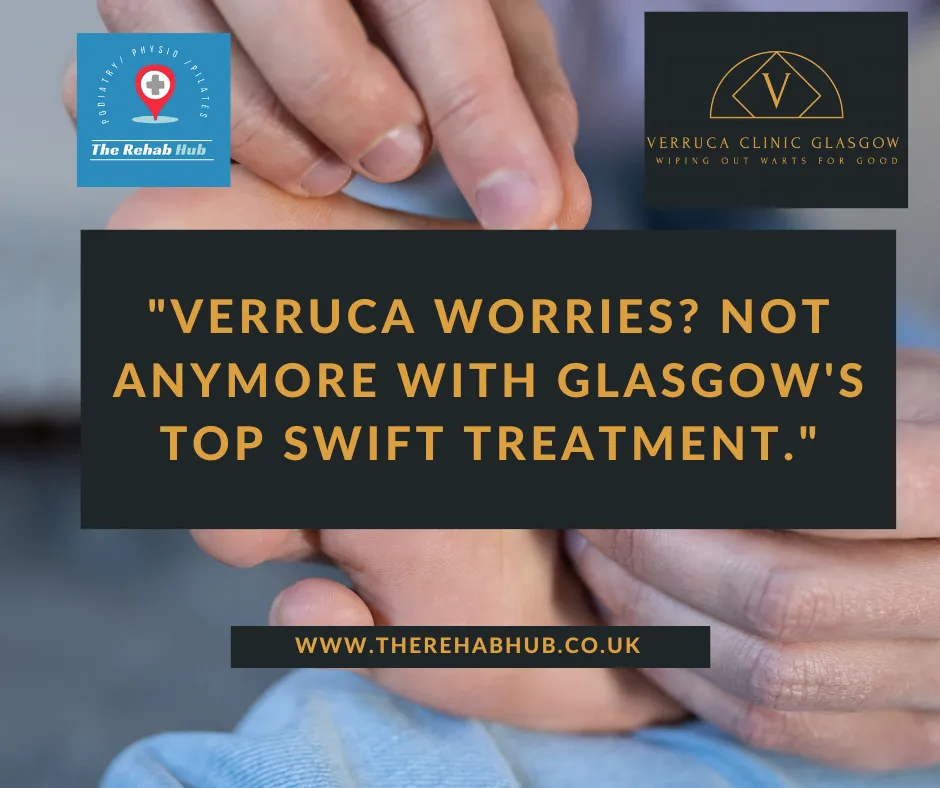
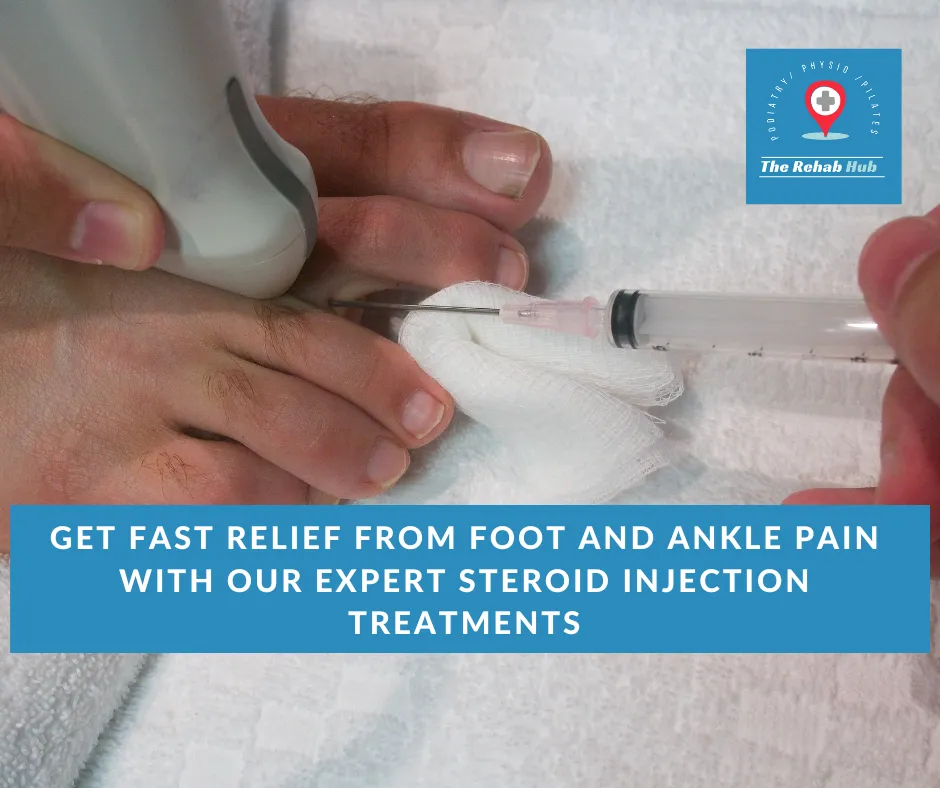
TESTIMONIALS
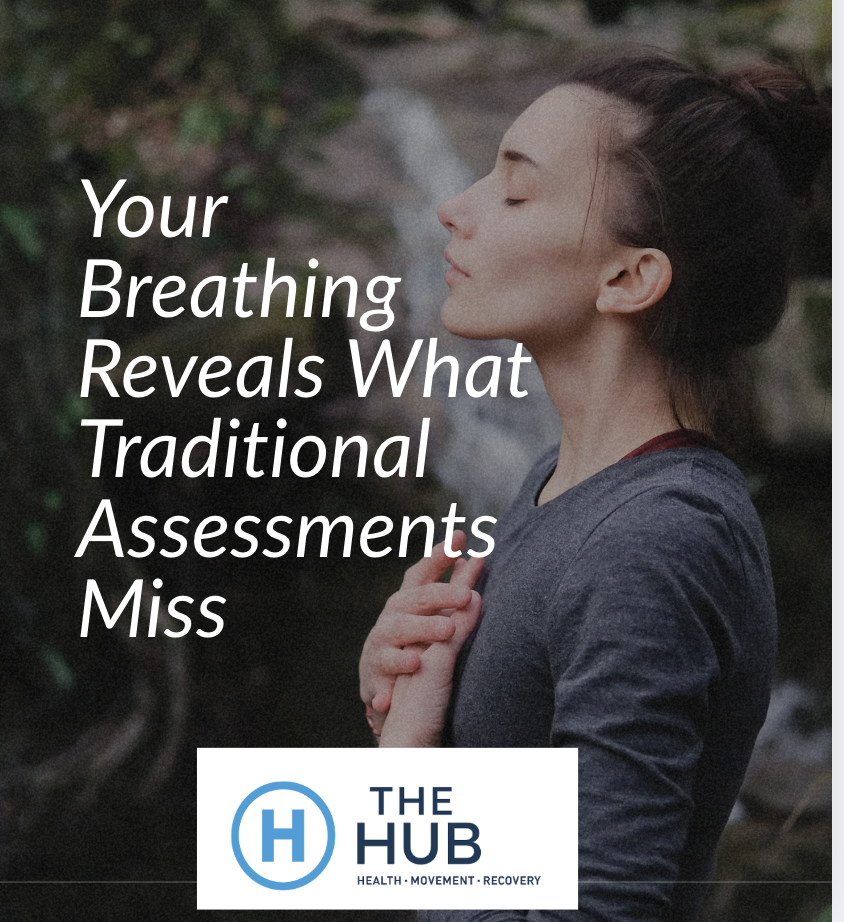
Your Breathing Reveals What Traditional Assessments Miss
You walk into a clinic with chronic pain. The practitioner examines your posture, tests your range of motion, checks your strength.
They miss the most telling assessment of all.
Your breath reveals everything about your condition before you even speak. The rhythm, the depth, the pattern of restriction. It tells us where you're at physically, mentally, and neurologically.
We're missing a huge element in rehabilitation. The first thing you do in life is breathe. The last thing you do is take your final breath.
Yet most clinicians ignore this fundamental indicator.
The Educational Gap That Leaves Patients Behind
Here's what's happening in healthcare training. Breathing gets taught from a purely clinical perspective. Respiratory systems, gas exchange, pathology.
The holistic approach gets left behind.
Most physiotherapists, sports therapists, and podiatrists graduate without understanding breath as a pain management system. These techniques only surface in postgraduate training.
Unless practitioners choose additional professional development, they never encounter this training. The knowledge doesn't trickle down to patients.
Add healthcare system pressures. Time constraints. Resource limitations. Massive waiting lists for chronic pain management.
You're left managing symptoms instead of addressing root causes.
What Your Breathing Pattern Actually Reveals
When you have shallow breathing, you can't access full lung capacity. There's restriction. Often pain.
Your breathing shows how you hold yourself. Your postural positions. Your stress levels.
Research confirms this connection. Breathing dysfunction correlates significantly with movement dysfunction scores. Individuals with thoracic breathing patterns show neck pain and forward head posture.
Your nervous system links directly to your breath. In fight-or-flight response, your heart rate increases. Your breathing accelerates. Pain amplifies both responses.
This creates a cascade effect throughout your body.
The Physiological Pathway Most People Don't Understand
Your vagus nerve acts as the communication highway between brain and body. It influences heart rate, digestion, mood, and pain perception.
This nerve forms the cornerstone of your parasympathetic nervous system. Your "rest and digest" functions that counter the "fight-or-flight" response.
Here's the key mechanism: controlled breathing activates this vagus nerve pathway. Vagus nerve activation shifts your entire nervous system toward healing and recovery.
When your exhale exceeds your inhale duration, you trigger parasympathetic activation. Your body receives the signal to calm down, reduce inflammation, and process pain differently.
Your mind can only process one thing at a time. Focus on breathing rhythm, and you're not focused on pain.
The 2:1 Technique That Changes Everything
You can start shifting your nervous system right now. This technique works anywhere, anytime.
Find a comfortable position. Any position that feels right for you.
Close your eyes and bring awareness to your breath.
Breathe in for a count of three. Whatever count you choose for inhalation, make your exhalation double that length.
Inhale: one, two, three.
Exhale: one, two, three, four, five, six.
Continue this pattern for at least one minute. Use it before getting out of bed, before sleep, or when you feel anxiety or pain building.
The longer exhale activates your parasympathetic nervous system. This simple ratio shift tells your body to move from stress response to healing response.
Why Traditional Posture Correction Fails
You've probably tried fixing your posture. Pulling shoulders back, lifting your chest, engaging your core.
These approaches often fail because they address symptoms, not causes.
If breathing patterns remain dysfunctional, no other movement pattern can normalise. Clinical interventions show that breathing retraining should be the starting point for orthopedic evaluations.
Your breathing mechanics directly influence your stabilization patterns. Poor breathing creates compensatory movement patterns throughout your body.
Fix the breathing foundation first. Everything else becomes easier.
Building Your Daily Breathing Practice
Start with awareness. Simply observe your natural breathing pattern without changing it.
Notice if your breath feels shallow or restricted. Does your chest rise more than your belly? Do you hold your breath during stress?
Practice the 2:1 technique three times daily. Morning, midday, evening. One minute each time.
There isn't a one size fits all approach. Your breathing pattern is unique to your body, your stress levels, your physical restrictions.
Listen to your body's responses. Some days you might need longer exhales. Other days, shorter counts work better.
The key is consistency, not perfection.
Integrating Breath Into Movement
Once you've established basic breathing awareness, integrate it into your existing activities.
Use the 2:1 technique before exercise. This primes your nervous system for optimal movement patterns.
Apply conscious breathing during stretching or mobility work. Your muscles release more effectively when your nervous system is calm.
If you're working with healthcare practitioners, ask them to incorporate breathing assessment into your treatment plan.
The most effective rehabilitation approaches combine multiple disciplines. Physiotherapy, movement coaching, and breathing work create synergistic results.
What You Can Expect
Changes begin immediately. Your nervous system responds to breathing pattern shifts within minutes.
Over weeks of consistent practice, you'll notice improved sleep quality, reduced anxiety, and better pain management.
Movement becomes more efficient. Posture improves naturally as your breathing mechanics normalize.
Research shows measurable improvements in pain scores and functional outcomes when breathing retraining is incorporated into rehabilitation protocols.
Your body has an innate wisdom for healing. Proper breathing unlocks this capacity.
Start with one minute of 2:1 breathing today. Your nervous system will thank you.
Address and Email
Email: [email protected]
Address
Kinning Park Clinic:
Clinic: 32 Portman Street, Glasgow, G41 1EJ
The Rehab Hub is conveniently located at three prime locations in Glasgow. Two of our locations offer Reformer Pilates.
Kinning Park Studio: Situated at 32 Portman Street, Glasgow, G41 1EJ, this studio offers ample free on-street parking. It's close to Shields Road and Kinning Park underground stations and is easily accessible from the M8, M77, and M74 motorways. Numerous bus routes on Paisley Road West make our studio highly accessible. Check out our video guide to see our studio and learn more:
reformerglasgow.co.uk/kinningpark
Get In Touch
Assistance Hours
Mon – Thursday 9:00am – 8:00pm
Friday 9:00am - 3:00pm
Saturday 9:00am - 2:00pm
Sunday – 9:00am - 1.:00pm
Phone Number:
0141 363 0306
Address and Email
Email: [email protected]
Address
West End Clinic:
Unit 1, 31 Crow Road, Partick, G11 7RT
Partick Studio: Located at Unit 1, 31 Crow Road, Partick, Glasgow, G11 7RT, our Partick studio is easily reachable via public transportation, with the Partick train and subway stations nearby. There are multiple bus routes along Dumbarton Road that stop close to the studio. Additionally, there is 2 hours of free parking available in the West End Retail Park right next to the studio, as well as ample on-street parking. We’re located just off Crow Road, across from the big Marks & Spencer at the retail park.
Look for the sign that says "Freelance Windows" — we’re right in the lane next to it.
Video Link of location to West End:
Get In Touch
Assistance Hours
Mon – Thursday 9:00am – 8:00pm
Friday 9:00am - 3:00pm
Saturday 9:00am - 2:00pm
Sunday – 9:00am - 1.:00pm
Phone Number:
0141 363 0306
